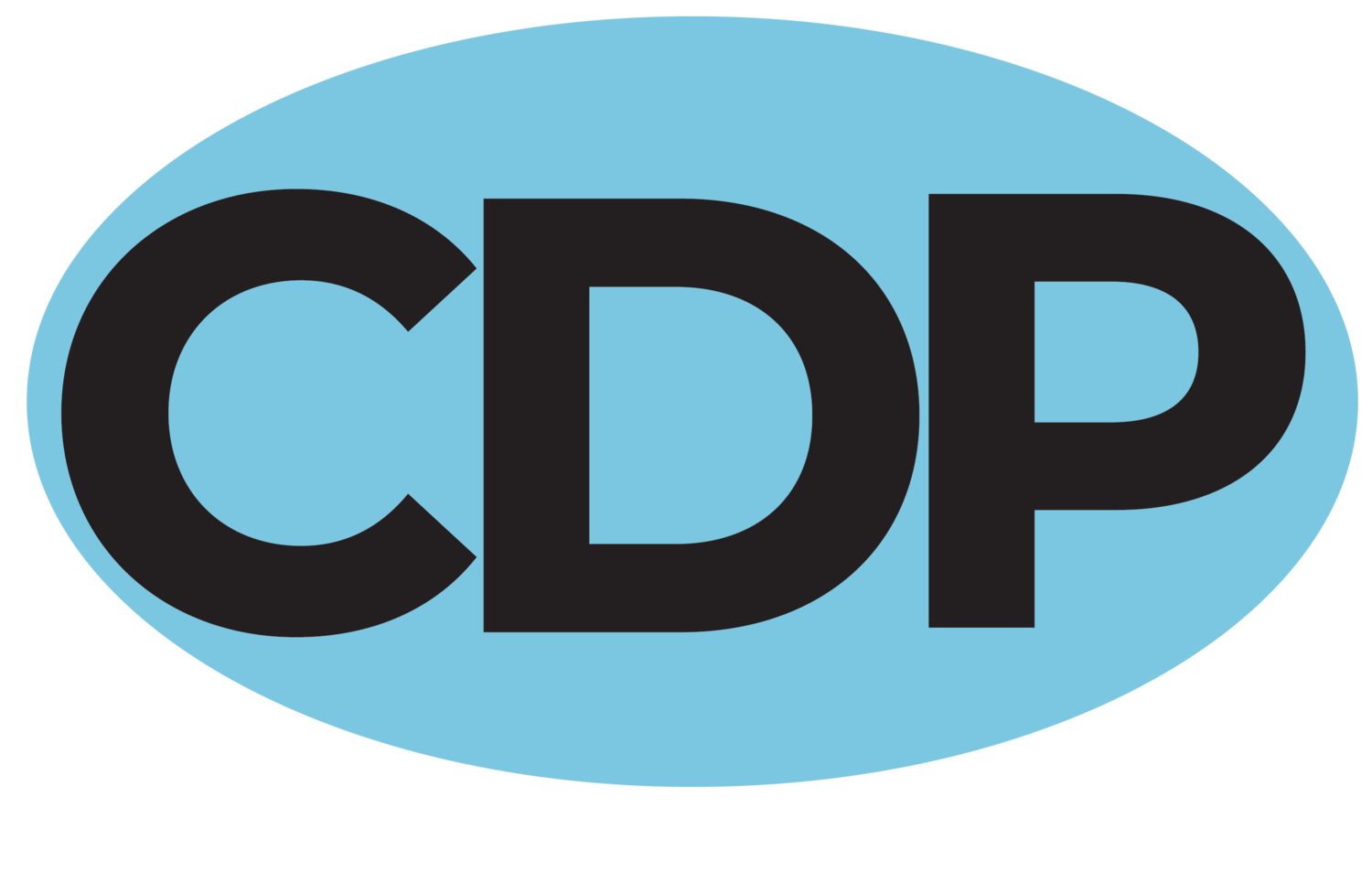Excerpts Series: Putting Your Plan to Paper
We’re going to walk through concept to actual planned development through our training today.
Planning is one area that touches all six components of organizational development. It is a skill that is going to help you do you work more impactfully than you’ve been able to do before. If you can move planning from a concept to an actual, cultural norm for your nonprofit you can move forward. We want you to have a culture of planning within your nonprofit organization, because it impacts everything that you do.
Planning isn’t a nebulous term. Planning is very understandable. I want to demystify the concept of planning. I want to remove this term “planning" from being something that you don’t quite understand or are afraid of. Planning is a tool that can help you chart where you are going. Planning really does layout, in a systematic way, how you’re going to move forward.
The idea is to take all of the wonderful, creative notions and ideas that you have about what could be and move it into a plan for how you’re going to make it come to be.
So a plan moves your idea from a concept into a workable strategy that helps you move from point A to point B. One of the things I love about this concept of planning is that it gets everyone on the same page.
A Process
There is process to this — but we’re going to layout what that process is today. It involves getting everyone engaged from concept to a working plan, and it gets everyone on the same page so that we can see it, feel it, touch it, understand it and it no longer is unclear where we’re headed. Planning really is a great tool for team building and for ensuring that everyone engaged with your organization is on the same page about the direction that you’re going.
Planning also takes tasks and places them where we can see how that task is related to the bigger goal. Sometimes we have people involved in our organization that see that what they “do” as just a “routine task”. What a plan does is help them to see how their task relates to the greater purpose. It’s not just a task to be completed for the sake of a task, but it’s a task that’s moving us in the direction of a bigger purpose for the bigger goal.
One of the examples that I commonly use is that of bookkeeping. Sometimes bookkeepers feel very much like they’re not engaged in the mission-driven part of the work, when the reality is the bookkeeper’s task — properly accounting for monies coming in and monies going out — helps drive us towards the bigger goal of accomplishing our mission, solving a community issue or addressing a concern in the community. If they didn’t do their job, we would not be able to achieve the larger purpose.
So planning provides the opportunity for everyone to understand how their piece fits into the whole of the organization. Planning is really a great way for us to understand how all the little pieces lead to the bigger purpose — the bigger goal.
What requires a plan?
You might think: Surely we don’t need a plan for everything we do.
Yes, you do.
The basic concept is: If it needs to be done, it should be in a plan. If it’s not in writing, it doesn’t exist. If there is something that you do organizationally that is not included in a plan — if it’s not included in writing, in a procedure manual or a policy manual — something that is tangible in black and white that we can see, then we shouldn’t be doing it.
If it’s not in writing, it doesn’t exist.
When we talk about planning for programs or we talk about planning for our next stretch of road or we talk about planning for resources, if it needs to be done, it should be included in a plan. That is the base information, the base principal that I want to get across.
If it needs to be done in your organization, it should be in a plan.


